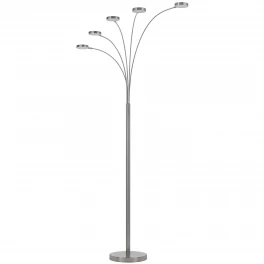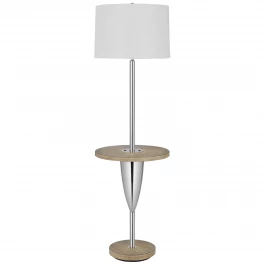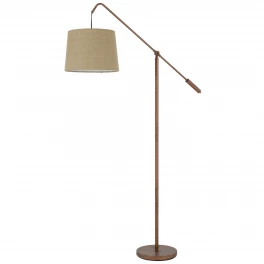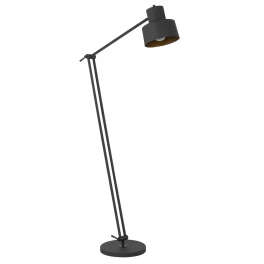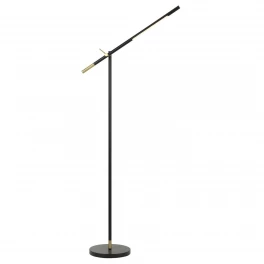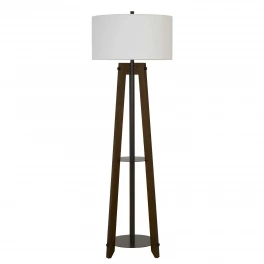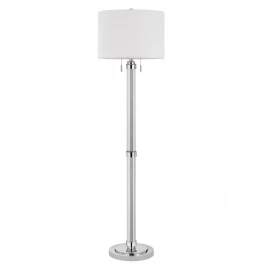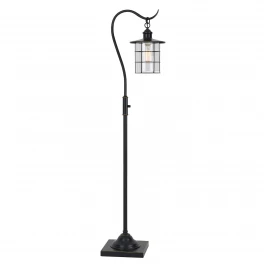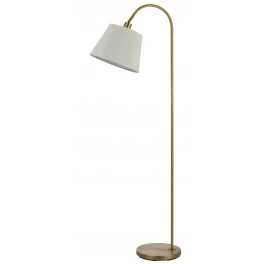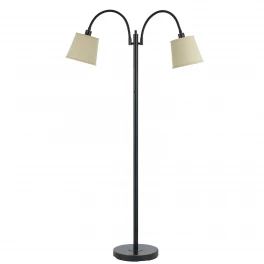If you’re in the market for new floors, it’s easy to get overwhelmed. The options are endless! To start narrowing down your choices, consider your needs for the space. Do you have kids or pets? Is your budget limited? Is durability a top concern? If you answered yes to any of these questions, there are three common flooring types that you should consider: vinyl, laminate, and linoleum. These particular floors are so similar that many people refer to them interchangeably. But there are important differences as well as pros and cons to each of them. Here’s how to choose between vinyl, laminate, and linoleum for your own home.
Vinyl
Vinyl technology has come a long way in recent years. At once reserved for cheap rentals or low-budget commercial projects – vinyl is now becoming a top choice for homeowners. The main benefit of vinyl flooring is that it’s water-resistant and can be installed in kitchens, bathrooms, and laundry rooms.
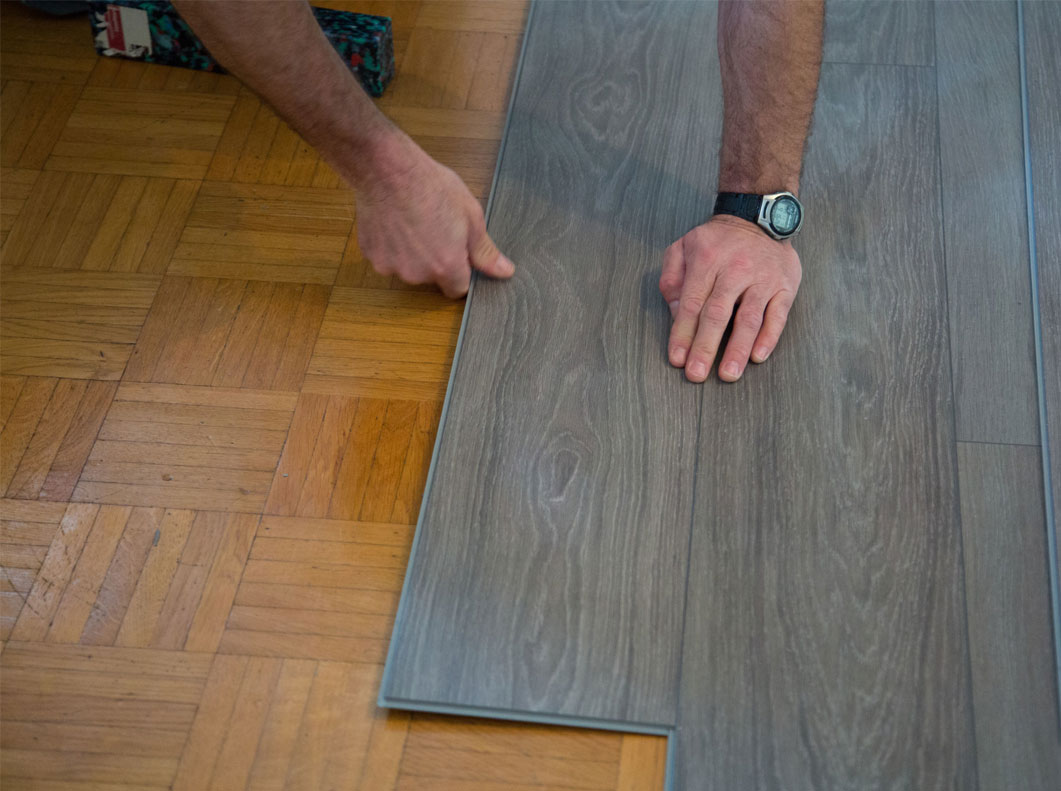
Photo by Dagmar Breu on Shutterstock
Style
Vinyl has many different styles to choose from, and they’re more attractive than ever. You can buy it in vinyl flooring planks, vinyl tiles, or vinyl flooring rolls. Vinyl planks mimic the look of wood with raised-texture and a variety of wood-looking finishes. Vinyl tile has the look of natural stone but without the difficult installation. Vinyl rolls, or sheet vinyl, is a more dated option – but still a good choice when durability is a top priority, but you don’t want to sacrifice style. Sheet vinyl can mimic many different styles including wood, tile, and even concrete.
Installation
Vinyl is notoriously easy to install. Even a flooring novice can handle the job. With the right surface preparation, vinyl flooring can be installed over any standard underlayment including concrete, wood, or even right over old ceramic tile. The plank and tile options are peel and stick; while the sheet vinyl is available in wide and long rolls and the seams are simply glued together.
Price
Vinyl is extremely budget-friendly, averaging about $0.50 to $2 per square foot. It’s a great way to update your space for a fraction of the cost of natural floorings such as wood or stone. You get the look of a high-end floor without breaking the bank.
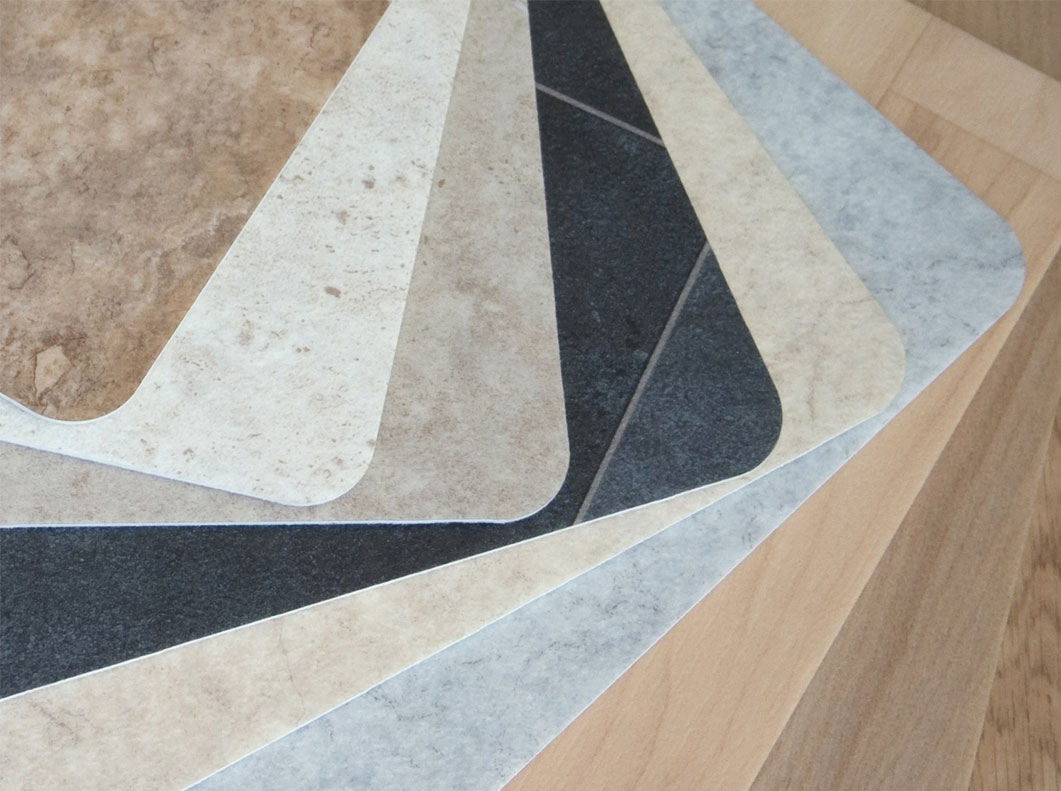
Photo by David Ford on Dreamstime
Laminate
Laminate flooring is a synthetic product made of several layers that are sealed together in a “lamination” process. Laminate flooring is designed to give the look of wood, but with a lower price point and a more dent-resistant finish.

Photo by Andy Dean Photography on Shutterstock
Style
Laminate flooring has a remarkably realistic wood-finish and is available in an endless range of colors and textures. Wood-look options include oak, walnut, hickory, maple, and even white-washed. For texture you can choose high gloss, distressed, or hand scraped.
Installation
Laminate flooring is manufactured in planks. Unlike bendable vinyl flooring, laminate planks are rigid and thick. The planks are installed using a click and lock assembly, known as a “floating floor.” This means it’s not glued down to the sub-floor. Rolls of underlayment are also required when installing a laminate floor. Underlayment helps with moisture protection and sound suppression. Overall, installing a laminate floor is a project that you can do yourself, but it’s a more involved and difficult process than vinyl flooring installation.
Price
Laminate flooring is pricier than vinyl and linoleum, but still more affordable than real wood. The price range is pretty broad, depending on the quality of laminate you shop for. It can be as low as $1 per square foot but can cost as much as $5 per square foot for the higher-end and water-resistant options.
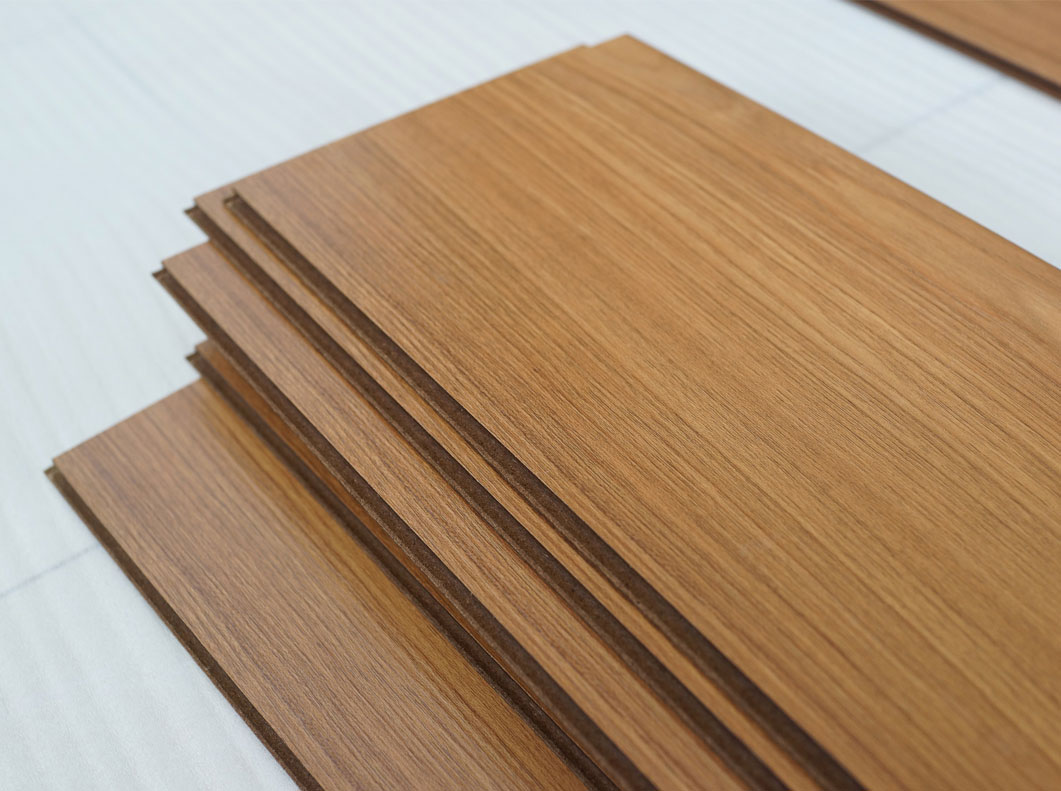
Photo by TY Lim on Shutterstock
Linoleum
Linoleum flooring is very similar to vinyl flooring. But here’s how to tell the difference between vinyl and linoleum – linoleum is basically a poor man’s vinyl. As far as price, they are similar – but linoleum is limited in color, is more susceptible to fading, and requires more maintenance. Made from linseed oil, linoleum was once a top pick for budget floors – but these days linoleum is viewed by as an outdated choice or the vinyl flooring of the old age.

Photo by Alex Verrone on Shutterstock
Style
The design and style options for linoleum are extremely limited. Unlike vinyl and laminate, you won’t find linoleum flooring that looks like wood. Dyed linoleum is available in simple and vivid colors. But those colors are susceptible to yellowing or fading.
Installation
You can purchase linoleum tiles, but most linoleum is sold in sheets. Sheet installation is a little tricky and linoleum can be harder to work with than sheet vinyl. If linoleum isn’t installed on an even subfloor, it can later cause the floor to bed, crack, or warp over time. Linoleum also requires sealing to protect against moisture and color changes, whereas vinyl and laminate don’t require any sealing.
Price
Linoleum and vinyl are similar in price, often falling in the exact same price range. But with the added installation headaches and extra sealing step, vinyl is clearly the better choice.

Photo by BearFotos on Shutterstock
As you consider budget options for flooring in your home, the best options are vinyl and laminate. Depending on your DIY abilities and your home’s moisture situation, either floor will be a great choice. Linoleum is traditionally used in educational and medical facilities and isn’t a viable option for homeowners.





